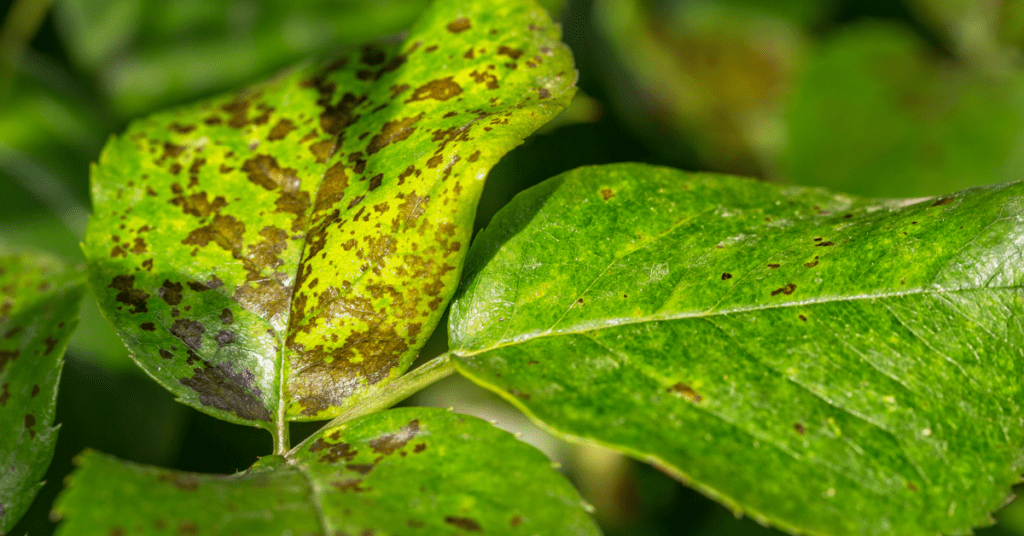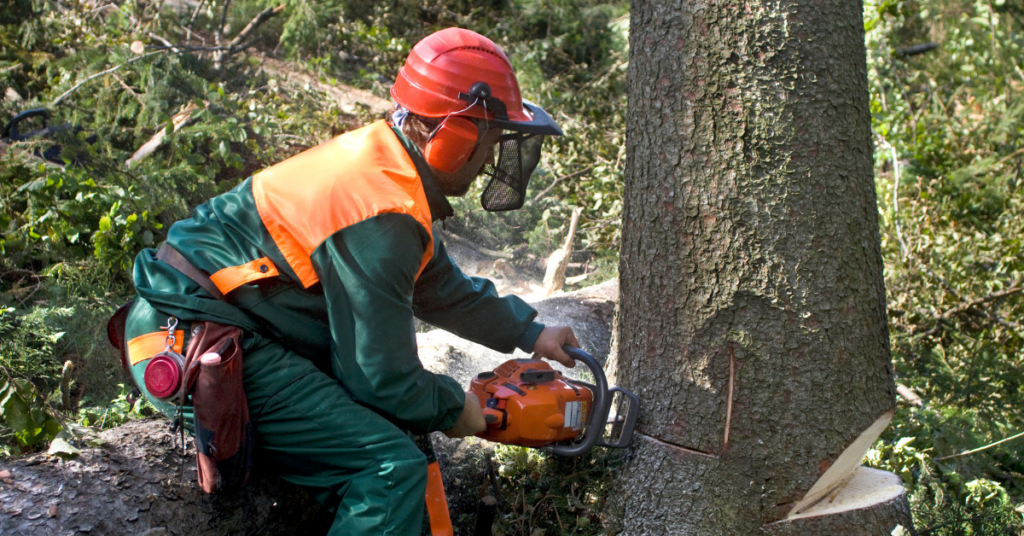Trees play a vital role in our environment and our lives, providing us with numerous benefits such as shade, oxygen, and aesthetic value. However, there are times when trees must be removed due to various reasons such as being diseased, dead, or in the way of new construction projects.
When it comes to removing trees, timing is an important factor to consider. Different seasons bring different benefits and challenges to the tree removal process, and choosing the right time can have a significant impact on the cost, safety, and success of the removal. In this article, we will discuss the benefits, risks, and costs of removing trees in different seasons, and ultimately determine the best time of year to remove trees for homeowners.
The decision to remove a tree is not one to be taken lightly, as trees provide numerous benefits to the environment and the community. Trees absorb carbon dioxide and produce oxygen, helping to clean the air and reduce the effects of climate change. They also provide homes and habitats for wildlife, help to regulate the local climate, and offer shade and cooling to buildings and outdoor spaces. Additionally, trees can add significant value to a property and enhance its overall aesthetic appeal.
However, there are times when trees must be removed for safety, health, or practical reasons. Diseased or dead trees can pose a hazard to property and people, and removing them promptly can prevent potential damage. Trees may also need to be removed if they are in the way of new construction projects or if they are crowding other trees or structures.
Benefits of Removing Trees in Different Seasons
Each season brings different benefits to tree removal.
Winter Season
In the winter, the ground is often frozen and more solid, making it easier to remove larger trees without causing damage to the surrounding area. Additionally, trees are dormant in the winter, meaning there are less leaves on the branches and therefore less debris to clean up.
Spring Season
Spring is a good time for removing trees because it is the start of the growing season. During this time, new growth is starting to occur and can be quickly regrown to fill in any gaps left by the removed tree. Additionally, the ground is starting to thaw and is easier to work with.
Summer Season
In the summer, the ground is softer and there is a higher risk of soil compaction. However, this season is ideal for removing smaller trees as the weather is generally warm and dry, making it easier for workers to access the site and complete the removal process.
Fall Season
Fall is also a good time for tree removal as the leaves have fallen and the tree is dormant. This makes it easier to see the structure of the tree and determine the best way to remove it. Additionally, the ground is usually drier in the fall, reducing the risk of soil compaction.
If you’re considering maintenance beyond removal, understanding the Best Time Of Year To Prune A Fruit Tree can be useful. Additionally, learn about Shaping Growth In Young And Mature Trees to ensure your trees grow healthily and beautifully.

How to Tell When It’s Time to Remove a Tree
There are several signs that indicate when it is time to remove a tree from your property. Some of these signs include:
Dead or diseased branches
If you notice dead or diseased branches on your tree, it is a sign that it is time to remove the tree.
Leaning or unstable
Trees that are leaning or appear unstable are a safety hazard and should be removed as soon as possible.
Crowding
If your tree is crowding other trees or structures, it may be time to remove it.
New construction
If you are planning a new construction project, you may need to remove trees to make room for the new structure.
To learn more about the signs that it’s time to remove a tree, check out our articles on 6 Signs It Might Be Time To Remove Your Tree and How Do You Tell If a Tree Needs to Be Cut Down?.

Risks Associated with Removing Trees in Different Seasons
There are also risks associated with removing trees in different seasons.
In the winter, the ground may be too hard and damage may be done to the surrounding area. Additionally, the cold weather can make it difficult for workers to access the site and complete the removal process.
Spring is a good time for removing trees, but it is also a time of new growth. During this time, the new growth is susceptible to damage, so care must be taken when removing trees. Additionally, the spring weather can be unpredictable and make it difficult for workers to access the site.
Summer is a good season to remove trees as the weather is typically hotter, with longer days and limited interference from inclement weather. The soil is typically dryer and arid which needs to be taken into consideration for surrounding trees that may be remaining. Depending on the trees location, there may be an increased risk of forest fires associated with the removal, ask a professional for assistance.
Fall is a good time for removing trees, but falling leaves can create additional cleanup as they are more weakly attached this time of year (This is not a problem for coniferous varieties though). Additionally, the wet weather can sometimes make accessing the tree difficult if it is located far from vehicle access.

Cost of Removing Trees in Different Seasons
The cost of removing a tree can vary depending on the season. In the winter, when the ground is frozen, the cost of removal may be higher due to the need for special equipment and extra precautions. On the other hand, the dry, mild weather of fall can make it easier for workers to access the site, reducing the cost of removal.
The cost of removing a tree is also dependent on the size and location of the tree. Larger trees and trees located in hard-to-reach areas will cost more to remove than smaller trees or trees located in more accessible areas.
The Best Time of Year to Remove Trees for Homeowners
The best time of year to remove a tree depends on various factors such as the size and location of the tree, the weather conditions, and the homeowner’s budget. By considering these factors, homeowners can make an informed decision on when to remove trees from their property, and ensure that the removal is carried out safely and efficiently.
It is always recommended to consult with a professional tree service to determine the best time for tree removal. Whether you are removing a tree for practical or safety reasons, or simply to enhance the beauty of your property, choosing the right time to remove the tree is an important decision that should not be taken lightly.
When deciding whether to remove a tree near your house, consider the risks and benefits. Read our articles on Should I Remove a Tree Near the House? and What Happens if a Tree Is Too Close to Your House? for more information.
Need Help Removing Trees?
If you’re in need of tree removal services in Victoria, BC, our team of certified arborists are here to help. We understand that removing a tree can be a daunting task, but our skilled professionals have the experience and tools necessary to get the job done quickly and safely.
Whether you have a tree that needs to be removed due to disease or simply because it’s outgrown its space, we’re here to provide you with the best possible service. Don’t wait until it’s too late – contact us today to schedule your tree removal service. Apart from tree removal services, we also offer tree trimming and pruning to maintain the health and appearance of your trees. Once a tree has been removed, don’t forget to address the leftover stump—discover creative ways to hide a tree stump in your front yard.


